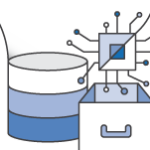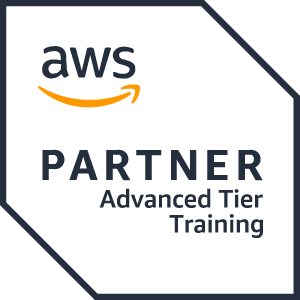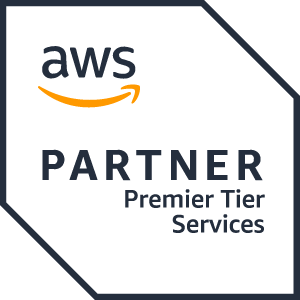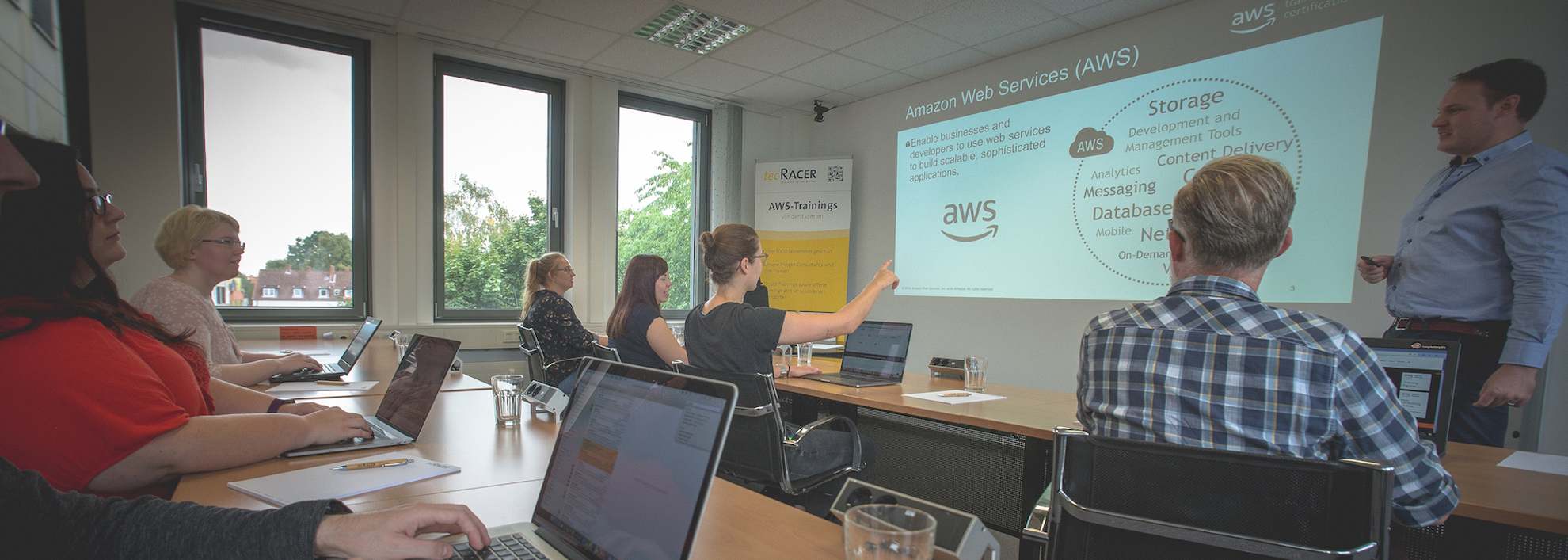Cloud Operations on AWS Training
Cloud Operations on AWS Training
current course dates can be found at the bottom of this page … company training available on request!
Course description
This course teaches systems operators and anyone performing system operations functions how to install, configure, automate, monitor, secure, maintain and troubleshoot the services, networks, and systems on AWS necessary to support business applications. The course also covers specific AWS features, tools, and best practices related to these functions.
Course objectives
In this course, you will learn to:
- Recognize the AWS services that support the different phases of Operational Excellence, a Well-Architected Framework pillar.
- Manage access to AWS resources using AWS Accounts and Organizations and AWS Identity and Access Management (IAM).
- Maintain an inventory of in-use AWS resources using AWS services such as AWS Systems Manager, AWS CloudTrail, and AWS Config.
- Develop a resource deployment strategy utilizing metadata tags, Amazon Machine Images, and Control tower to deploy and maintain an AWS cloud environment.
- Automate resource deployment using AWS services such as AWS CloudFormation and AWS Service Catalog.
- Use AWS services to manage AWS resources through SysOps lifecycle processes such as deployments and patches.
- Configure a highly available cloud environment that leverages AWS services such as Amazon Route 53 and Elastic Load Balancing to route traffic for optimal latency and performance.
- Configure AWS Auto Scaling and Amazon Elastic Compute Cloud auto scaling to scale your cloud environment based on demand.
- Use Amazon CloudWatch and associated features such as alarms, dashboards, and widgets to monitor your cloud environment.
- Manage permissions and track activity in your cloud environment using AWS services such as AWS CloudTrail and AWS Config.
- Deploy your resources to an Amazon Virtual Private Cloud (Amazon VPC), establish necessary connectivity to your Amazon VPC, and protect your resources from disruptions of service.
- State the purpose, benefits, and appropriate use cases for mountable storage in your AWS cloud environment.
- Explain the operational characteristics of object storage in the AWS cloud, including Amazon Simple Storage Service (Amazon S3) and Amazon S3 Glacier.
- Build a comprehensive costing model to help gather, optimize, and predict your cloud costs using services such as AWS Cost Explorer and the AWS Cost & Usage Report.
Intended audience
This course is intended for:
- System administrators
- Software developers, especially those with a DevOps role
Prerequisites
We recommend that attendees of this course have:
- Successfully completed the AWS Technical Essentials course
- Background in either software development or systems administration
- Proficiency in maintaining operating systems at the command line, such as shell scripting in Linux environments or cmd/PowerShell in Windows
- Basic knowledge of networking protocols (TCP/IP, HTTP)
Activities
This course includes:
- Training with instructor
- Practical exercises
Course duration / Price
- 3 days / € 1,845.00 (excl. tax) per person (DE)
Course outline
Day 1
- Cloud Operations on AWS Overview
- Networking in the Cloud
- Computing in the Cloud
Day 2
- Storage and archiving in the cloud
- Monitoring in the cloud
- Manage resource usage in the cloud
Day 3
- Configuration management in the cloud
- scalable deployments in the cloud
- automated and repeatable deployments
IMPORTANT: Please bring your notebook (Windows, Linux or Mac) to our trainings. If this is not possible, please contact us in advance.
Course materials are in English, on request also in German (if available).
Course language is German, on request also in English.








